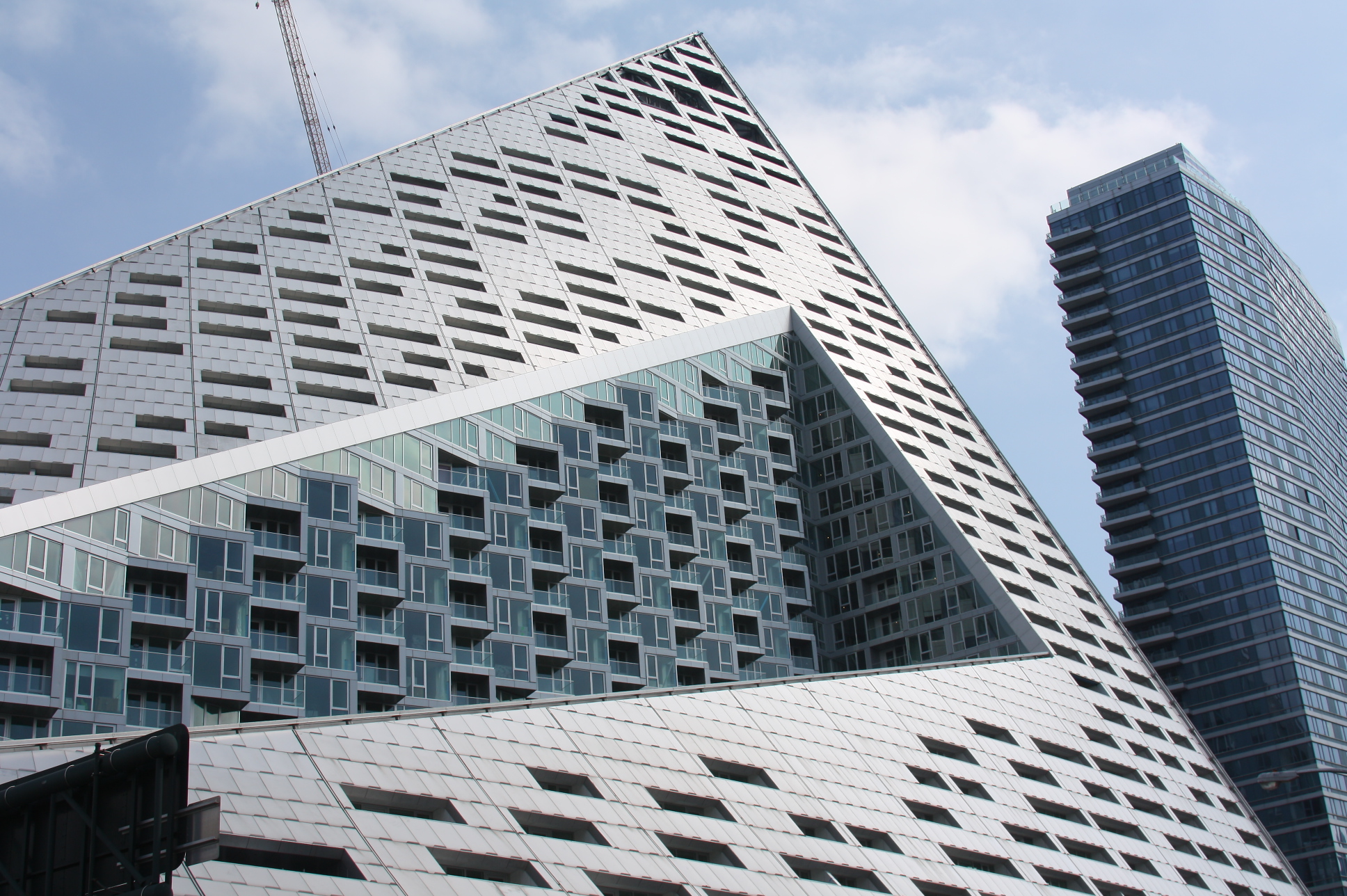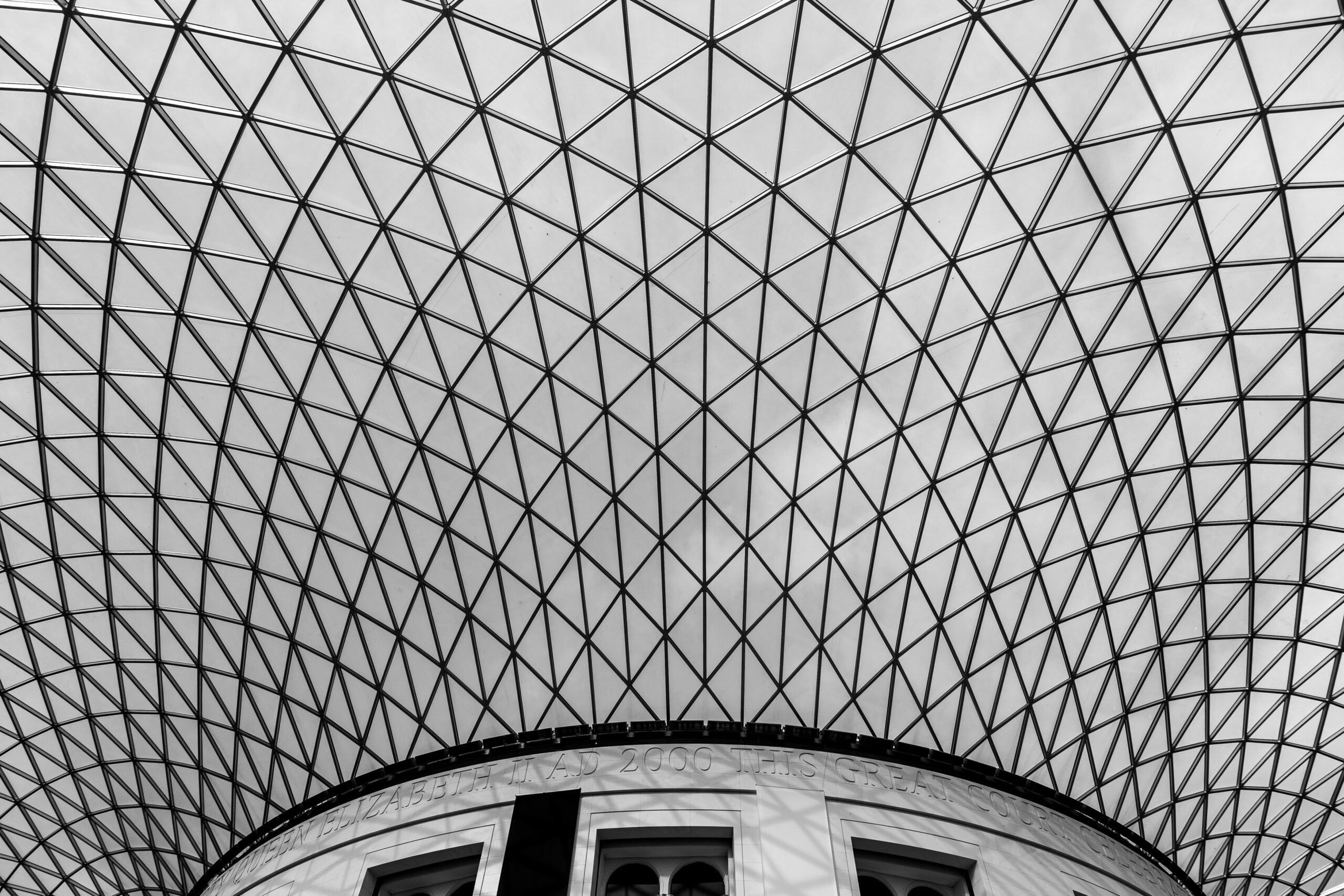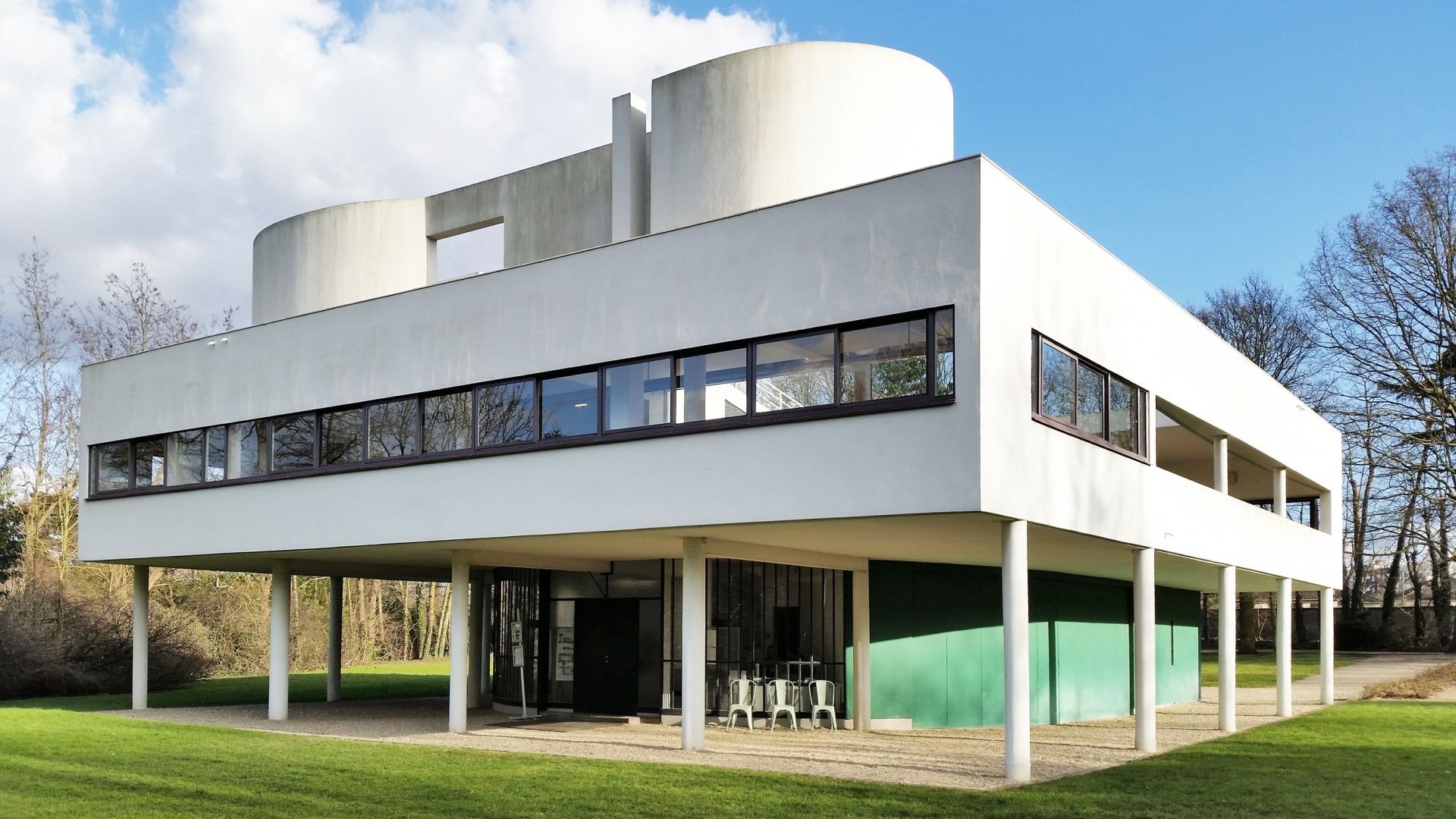Have you ever wondered what makes modern architecture unique? Then we are glad you arrived here. The truth is you can look at a modernist style in different ways.
Here we will dive deep into modern architecture characteristics and provide examples of modern architects’ work.
Introduction to When Modern Architecture Began
What is modernist architecture? It uses new innovative construction technologies. These include reinforced concrete, glass, and steel.
The primary purpose is that form should follow function and should embrace minimalism. You find no ornaments in contemporary architecture.
The architectural structure was more dominant after World War II and was taken from corporate and institutional building styles.
History of How Modern Architecture Spread
At the end of the 19th century, the contemporary architecture concept started. A revolution in engineering, building materials, and technology occurred during this time. The building construction industry gradually moved away from traditional styles to invent something new and functional as modern buildings.
The first modern international style used plate glass, reinforced concrete, and cast iron. The building became light in structure and taller. Due to a land shortage in the US, the 1st skyscraper appeared using fireproof steel frames with safer elevators invented by Elisha Otis.
The renowned building was constructed by modernist architect William Le Baron Jenney in 1883, standing ten stories high, known as the Home Insurance Building. Louis Sullivan completed another monumental structure in Chicago between 1904-1906.
However, the modern architectural style had the same Neo-Gothic, Beaux-Arts, and Neo-renaissance characteristics. Later Cass Gilbert completed The Woolworth Building in 1912, which became the tallest building until 1929. The Chrysler Building rose to the sky, built on modern principles.
These were all influential industrial buildings with international modernism changed into office buildings.
But What Led To The Rapid Rise of The Modern Movement
First, industrial demands grew during the 2nd World War, resulting from a shortage of building materials. The lack of steel led to the use of new materials like aluminum.
Secondly, the war buildings needed reconstruction. Construction businesses expanded prefabricated buildings for military and government use.
Notable houses seen between 1947-1960 were the Dymaxion and Lustron Houses.
The government started funding substantial construction projects to cover housing shortages. These styles became prominent in other cities and suburbs where land was available.
Modern American architecture developed from the German Bauhaus Movement leaders when they relocated there.
Characteristics of Modern Architecture
One of the most popular questions asked is what makes modern architects stand out from another dominant style created by famous architects known as classical architecture way back when. Or the difference between European architects to Japanese architecture?
To answer the question, you need to look at the historical styles dating back years until today’s new architecture.
The principal modern architectural characteristics are as follows:
You lack ornament without elaborate trims or decorative moldings, leaving a clean, straightforward architectural design, thus taking on new forms as asymmetrical compositions are used.
You notice prominent horizontal and vertical lines with rectangular forms and links like boxes or using a boxing base compared to early modernism. Think of a simple horizontal glass box.
Noticeable low flat roofs are all created through horizontal massing. You notice a broad top protruding with horizontal planes. For this reason, your modern houses come with twisted one-story plans. These days it has even moved into forming rationally designed apartment blocks.
Modern materials and systems are prominent features. You notice exposed material applications such as steel columns with concrete blocks as the finishing touch. The concrete floors are exposed or stained with open spaces and comfortable heating systems like the first steel-framed skyscraper developed.
Architects use traditional materials that are aesthetic, using wood, stone, or bricks in simple ways, for example, stained concrete floors.
More emphasis is on expressing the natural beauty of using stained glass or wood. At the same time, the interior expands with glass to let in natural light and landscaping.
The interior provides open kitchen, living, and dining spaces. In contrast, shading or the sun enhances human comfort with extraordinary openings and solar energy.
The Principles of Modernist Architecture and Following International Style
Modern architecture principles are that form always follows function, and materials must not conceal the character or look.
According to the form that follows the function principle, the focal point of the building needs to be the starting point of the design, known as functionalism. The above is all part of the new architectural movements regarding the latest building materials and technology.
You see this in a structure created by the American architect Louis Sullivan. Even the materials used need to be in places not to conceal it. You see exposed concrete left unpainted or unpolished timber with the natural grain in place.
What Makes Modern Architecture Unique?
Examples of Contemporary Architecture
Modern architecture examples that made history and are famous are:
Cube House in Rotterdam, Netherlands
Villa Savoye in Poissy, France
Modern house architecture is something that everyone loves. Whether you love the rustic country, the modern architectural elements appeal to all. A modernist architect expresses themself using simplicity while their view regarding the structural elements is evident.
Furthermore, modern architecture homes boast the actual structure with the material used compared to covering it up with ornaments. Lastly, a modern architecture house shows off the industrial structure materials used from glass, steel to wood. For this reason, it remains unique, avoiding added fluff, and as seen in the examples, all of them have unique designs.
One thing is sure the building is not dull and one-of-a-kind. You see its bold yet angular rooflines, vaulted ceilings, exposed structural elements, and unusual linear lines shouting unique. Have your thoughts been straightened by this article about what makes modern architecture unique? What do you think free to let us know.



Comments